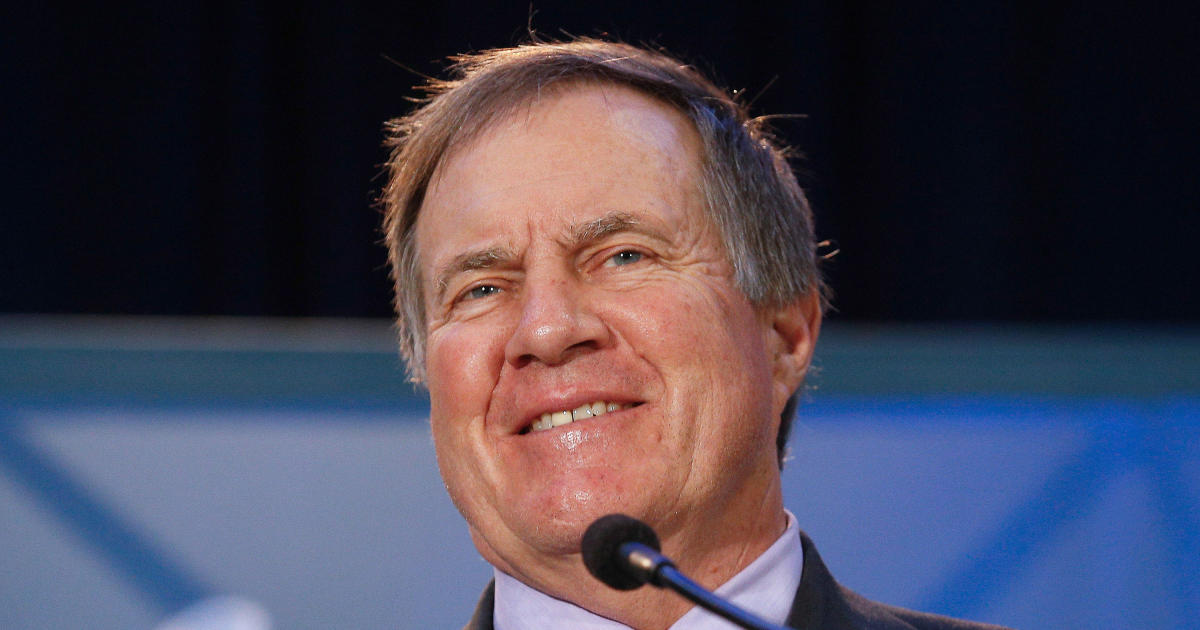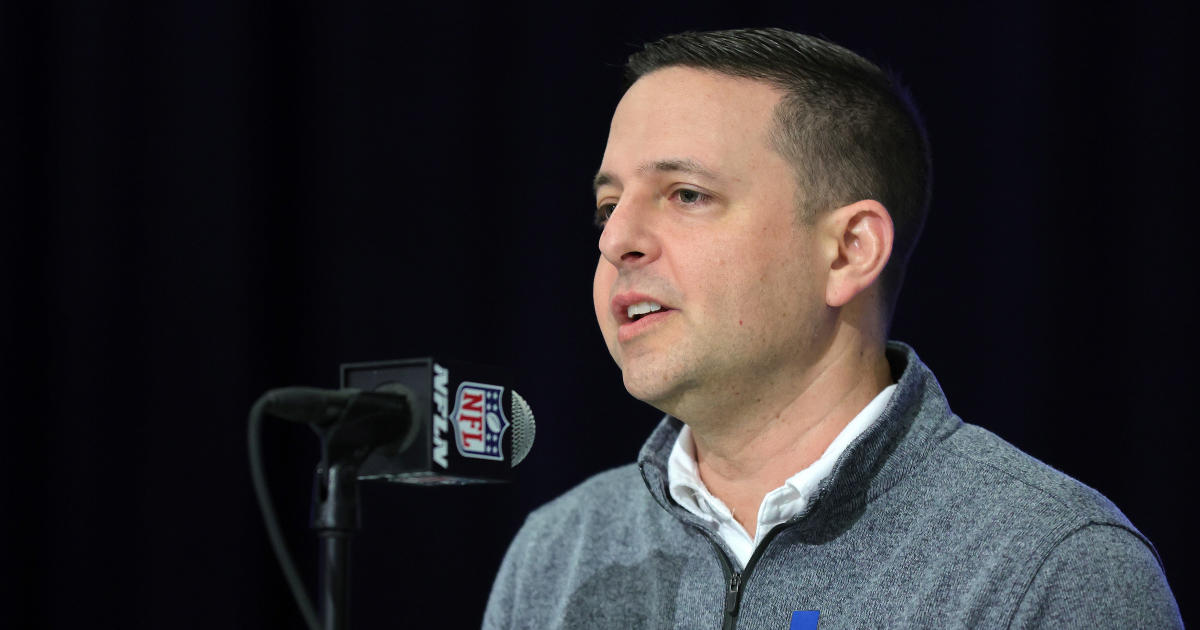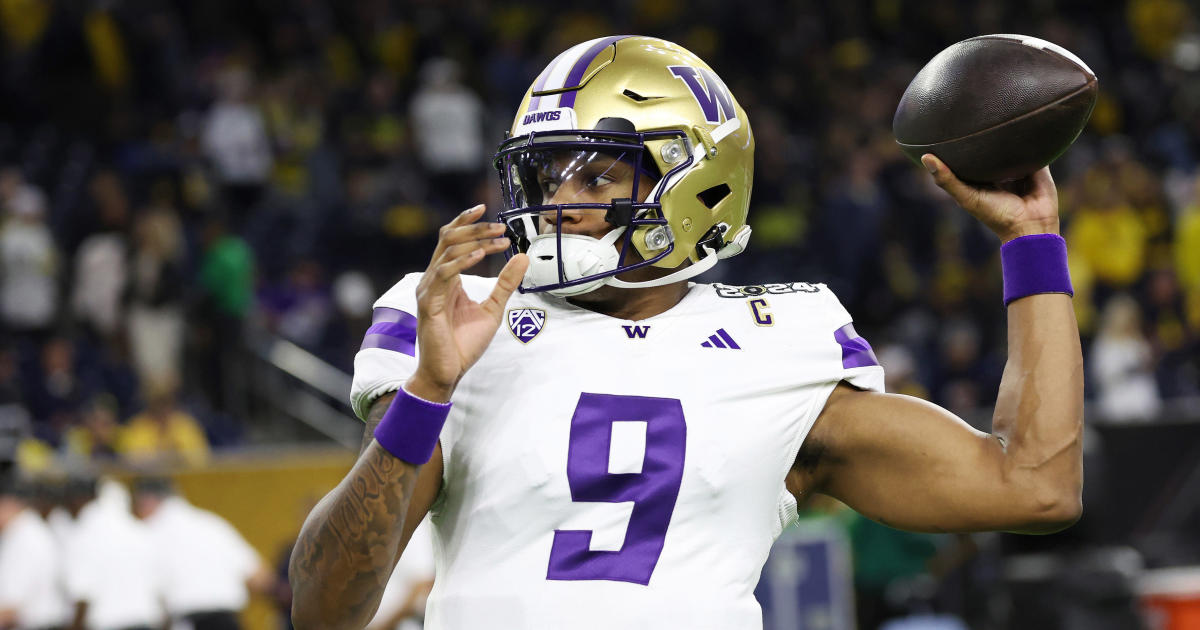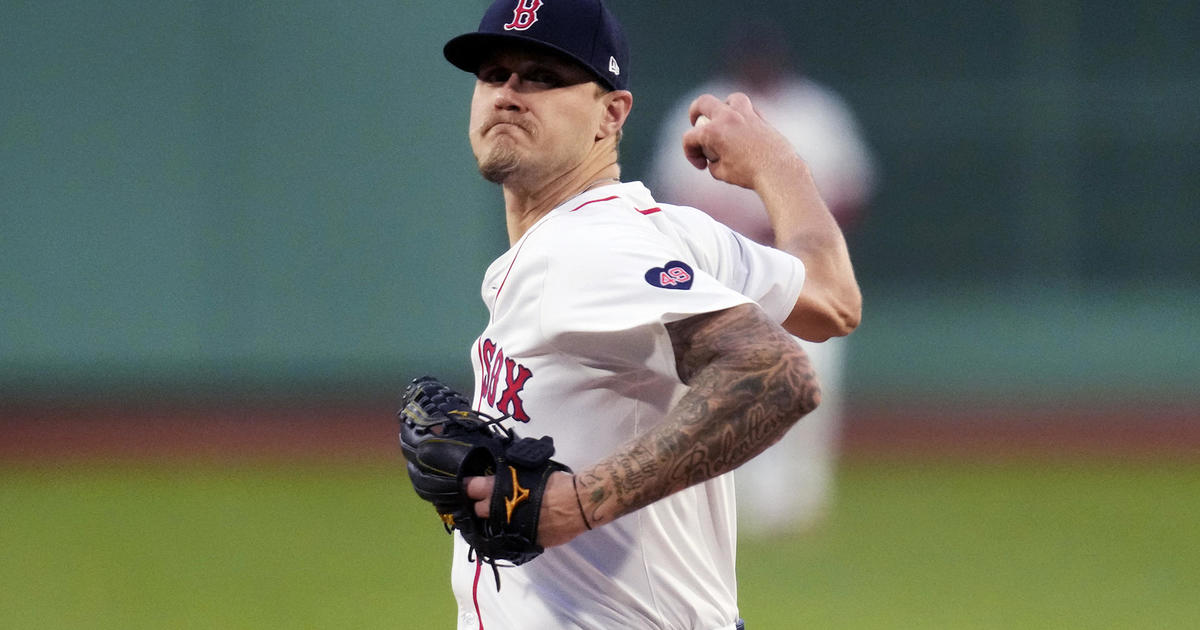How Is Bill Belichick 'Keeping' Tom Brady In Dolphins Game Still A Story?
By Michael Hurley, CBS Boston
BOSTON (CBS) -- It's Wednesday, which is smack dab in the middle of no man's land in a normal NFL weekly schedule. Last week is long gone, next week is still a ways away, and so in terms of coverage and discussion of the local football team, we're all just meandering through the ether.
Even with that being the case, how in the great name of George Halas is there still discussion about Bill Belichick's "decision" to keep his quarterback in the game during the fourth quarter of Sunday's comfortable win over the Dolphins?
Right on the front page of Wednesday's sports section of The Boston Globe is a Dan Shaughnessy column: "Coach's boorish response was wrong answer." The online version bears a more aggressive headline: "Don't you dare question Bill Belichick!"
The story runs 850 words and admonishes Belichick for rudely answering a question from the Boston Herald's Karen Guregian on Sunday afternoon. That in itself is fine, albeit a little late. But sometimes thoughts take a few days to percolate.
However, the other half of the story focuses on why Belichick was actually wrong and arrogant for "keeping" Tom Brady in the game. Shaughnessy's not the only local media member discussing the matter. Mike Reiss covered the story right down the middle on Sunday. It's been discussed on the radio airwaves and television talk shows. Mike Giardi opined that Belichick and Brady were doing what they always do -- and that's been proven to be a successful strategy.
Nationally, NFL.com's Marc Sessler wrote about it, mostly focusing on Belichick's response. ESPN's Max Kellerman said said Belichick made a mistake by keeping Brady in the game. CBS analyst Dan Fouts basically kicked off the debate when he said in the third quarter, "You start thinking about, 'Well maybe we should get Tom out of there and bring in Brian Hoyer.' I know it's still early in the game, but the number of hits he has taken throughout this game ... . I don't think Brady has to worry about a Wally Pipp situation here, do you?"
I understand -- truly, I do -- that it's late November, and the Patriots are once again quite boringly in first place, and they've got some zero-hype matchups with the Bills and Dolphins on the horizon. People need something to dissect and debate.
But this? I feel as though that amidst he highlight reels of Brady taking big hits and the headlines questioning Belichick's "decision," the reality of the situation has gotten a bit lost.
The reality is that with 11:43 left in the fourth quarter, Kenyan Drake caught a touchdown pass from Matt Moore to cut the Patriots' lead to 11 points. That's two possessions. No starting quarterback in the NFL gets taken out of any game under those circumstances. A win is not even close to being secured. (See: Super Bowl LI.)
After that Miami touchdown, the Patriots went three-and-out, due in large part to Brady taking a sack after fumbling a shotgun snap. The Patriots' defense answered the bell, though, by sacking Moore on consecutive plays and forcing Moore to throw incomplete on fourth-and-long.
Still, nearly nine minutes remained on the clock. The situation was the same as before: a two-possession lead. In this situation, the starting quarterback stays in. And Brady did -- with a short field.
Knowing that even a field goal in this scenario would likely put the game out of reach (Miami seemed incapable of driving the entire field twice), the Patriots went conservative with their play calling. Brady pitched the ball to Lewis on first down and then handed the ball to Lewis on three straight plays to start the drive; Lewis gained 33 yards. And on a second-and-goal from the 5-yard line, Brady threw his only "pass" of the drive. The word "pass" is surrounded by quotation marks because it was, for all intents and purposes, a handoff.
Brady took a shotgun snap, and with Cooks in motion, Brady simply floated the ball in mid-air to the speedy receiver's gut. Cooks caught it in stride and ran around the end of the line to score a touchdown.
The risk of Brady taking a hit on this drive was zero.
At that point, the Patriots led by 18 points with 6:31 left to play. The game was over. Yet after the New England defense forced a fourth-and-17 punt, many were surprised to see Brady grabbing his helmet to join the offense for another series.
Yet when Brady broke the huddle with 4:58 left in the game, he lined up under center and then handed the ball to Rex Burkhead. On second down, Brady lined up under center and then handed the ball to Rex Burkhead. On third down, Brady lined up under center and then pitched the ball to Rex Burkhead. On fourth down, Brady jogged off the field so the Patriots could punt.
In his column, Shaughnessy acknowledged the lack of risk in Brady's presence on this drive, yet he followed it up by asking, "But why would he be out there at all — especially against an opponent with nothing to lose, an opponent with a raft of cheap-shot artists delivering vicious hits all day?"
After the Patriots forced a turnover, Brady took the field in the victory formation to take a knee three times to drain the clock and secure the win.
That is the genesis of all of this debate. Two handoffs and a pitch.
Going back a drive earlier, it's four handoffs, two pitches, and a forward pass that traveled about an inch and required Brady to hold the ball for a fraction of a second.
Taken together, it's four handoffs, two pitches, a quick shovel pass, and three kneeldowns.
All the worrying, all the discussion, all the questioning and all the hue and cry -- all over six running plays, a shovel pass, and three kneeldowns. That's enough these days to generate days of controversy.
Sometimes that gets lost.
January -- or, at least, a real story -- can't come soon enough.
You can email Michael Hurley or find him on Twitter @michaelFhurley.



